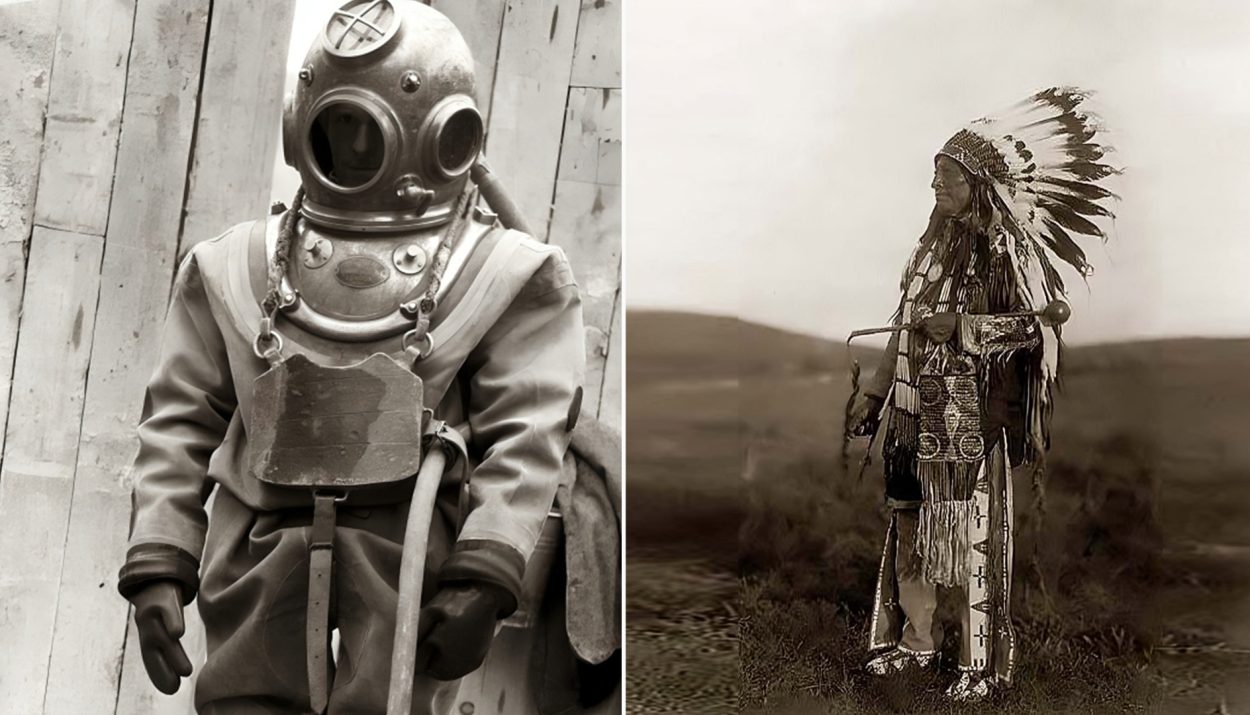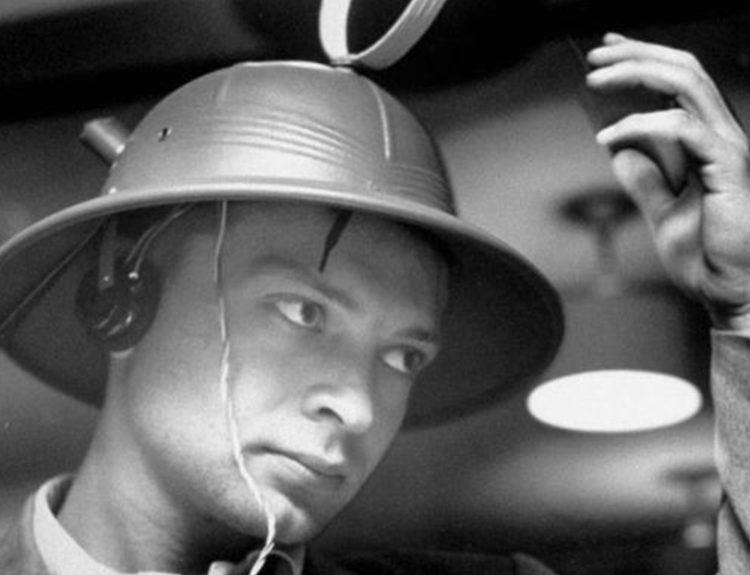War is inherently perilous. In the midst of military conflict any active-duty role carries the weight of danger, whether it be medics, supply line workers, or frontline fighters war is no safe or easy task. Beyond the acknowledged risks faced by soldiers, sailors, and airmen on the battlefield, some roles prove more hazardous than others. Today, we explore history’s deadliest military occupations-roles where individuals risked everything for their cause. Some emerged as heroes; others faded into obscurity, casualties of time. These ten duties, entailing shocking and outrageously deadly tasks, saw men and women putting their lives on the line beyond the norm of “average” active-duty fights.
Tin-Opener
World War I witnessed primitive submarine technology, far more lethal than its World War II counterpart. Amidst the Great War’s tumult, a group known as the “tin-openers” undertook a treacherous task. Their mission, securing submarines sunk to the ocean depths from enemy interests.
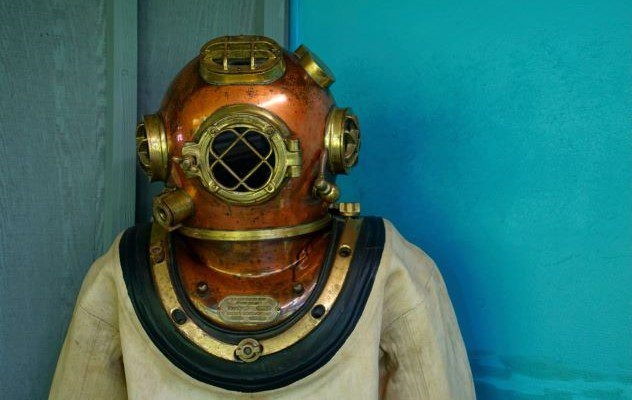
Both Allied and German submarines housed invaluable coded messages, making the wreckage a coveted prize. Recognizing this, the British Royal Navy dispatched deep-sea divers to plunder sunken German U-boats, turning these men into underwater pirates of sorts. However, this seemingly ingenious plan had a fatal flaw. Most sunken submarines were located in active ocean minefields, claiming the lives of divers in explosions.
Submariner
Before World War II, submarines had already played a role in battles, with early experiments during the Civil War by both Union and Confederate soldiers. In Europe, submarine development had been ongoing for decades before the late 1930s. However, it was during Adolf Hitler’s rise in Germany that submarines, both German U-boats and Allied counterparts, became more widespread in major battles like World War I.
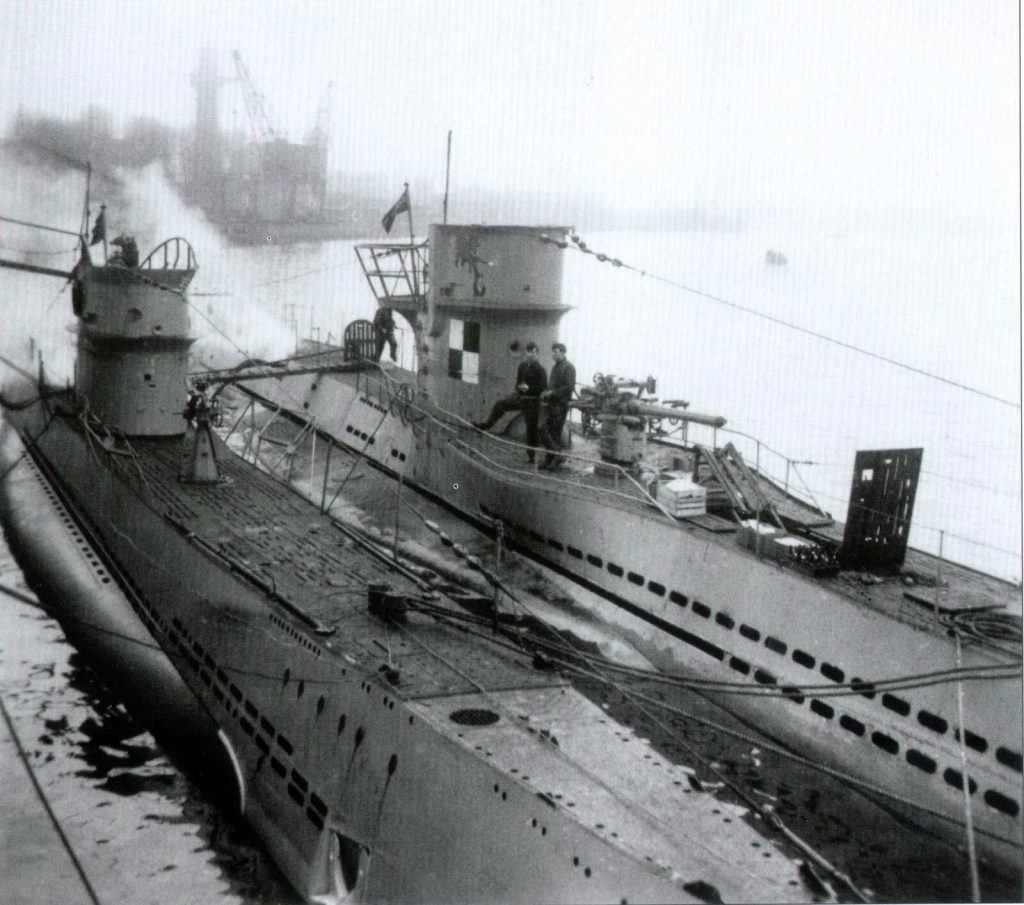
Yet, even as submarine technology advanced, the conditions within these vessels remained dismal during World War II. Men were tightly packed, and accidents, depressurization, gas leaks, and depth charges turned submarines into underwater coffins. The war witnessed an unprecedented use of submarines, resulting in thousands of deaths from crashes, accidents, explosions, and attacks. The odds were undeniably grim.
Merchant Mariner
During World War II, merchant mariners, though not active-duty fighters, faced considerable risks and often met tragic fates. These American men undertook the crucial task of sailing vast distances to deliver supplies to soldiers in Europe, manning merchant ships with able-bodied seamen. Assigned to sail across war-torn oceans and perilous seas, their seemingly straightforward mission of ferrying supplies to Allied fighters in northern and western Europe faced constant threats from lurking German U-boats, particularly in the treacherous North Atlantic Ocean.
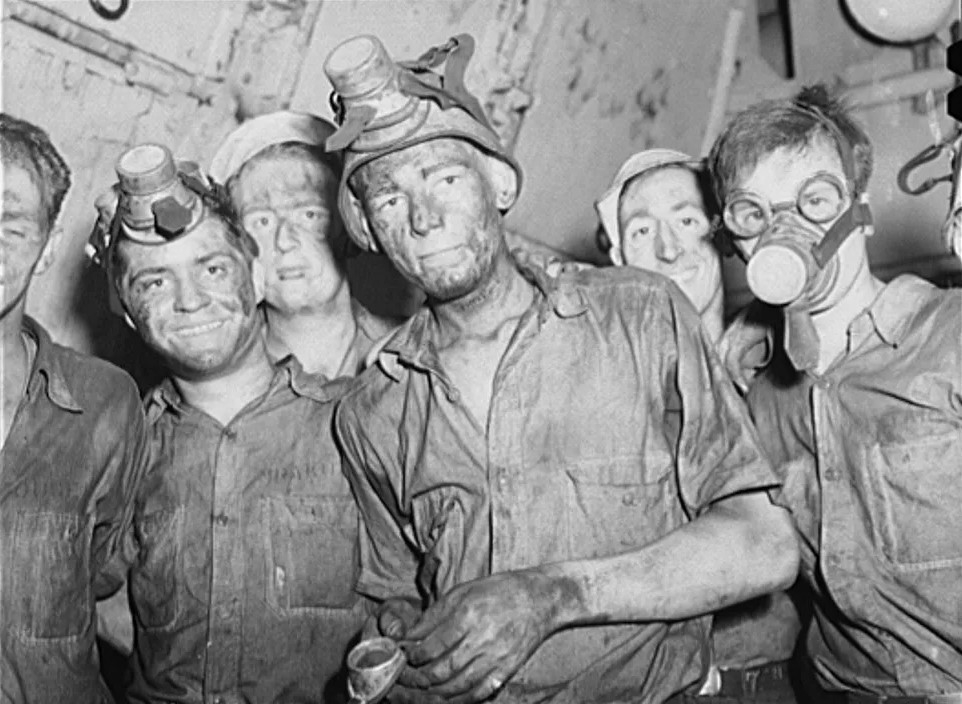
By the war’s end, the harrowing toll on merchant mariners became evident. Nearly 10,000 sailors from the U.S. Merchant Marine lost their lives at sea during World War II, making it proportionally America’s deadliest service branch in the early 1940s. Despite their sacrifices, surviving merchant mariners faced post-war mistreatment, denied veterans’ benefits until a public outcry, more than four decades later, compelled the government to acknowledge and honor their contributions in the late 1980s.
Greek Fire Operator
Deadly military roles have a long history, extending beyond the 20th century into ancient civilizations, with some roles lost to time. One such role was the “Greek Fire” operator, responsible for operating an ancient flamethrower employed by the Byzantine Empire in the fifth century and beyond.

This ancient technology involved pressurized, preheated liquid shot through bronze tubes, catching fire upon release and creating lethal flames reaching up to 100 feet. Operating these devices, usually on ships but also on land, exposed individuals to constant danger. While statistics on casualties are impossible to ascertain, the weapon not only wreaked havoc on enemies but also often resulted in the fiery demise of the Byzantine Empire’s own operators.
Air Force Pilot
A century ago, the advent of aerial warfare brought new challenges to the battlefield. In World War I, the emergence of aircraft technology opened up the skies for both destruction and chaos. For nations entrenched in the horrors of trench warfare – the United States, France, Britain, and Germany – aerial combat seemed like a promising alternative.
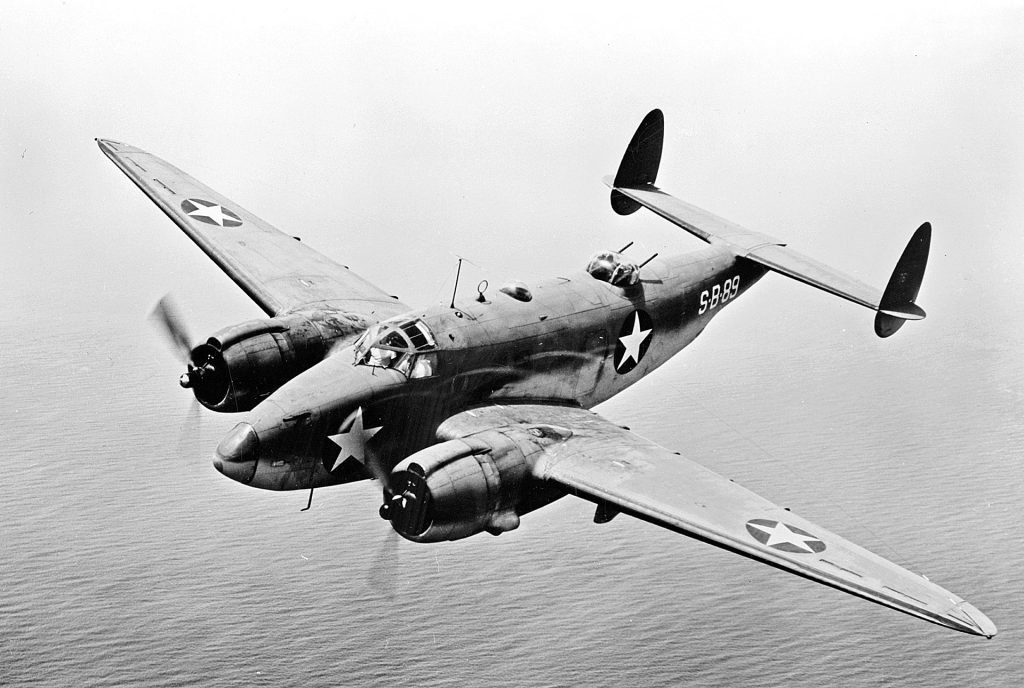
The reality was a gamble, airplanes were still in their infancy and were prone to accidents and malfunctions. Historians suggest that the average lifespan of a World War I fighter pilot was a mere ten weeks, with many succumbing to training accidents before even reaching the battlefield. Once airborne, pilots grappled with flimsy wood-and-canvas planes, vulnerable to wing collapses and fiery demises from mortar fire. The absence of in-flight radio left pilots disoriented, unable to locate enemies or communicate with ground forces, leading to tragic incidents of friendly fire.
Coup Counter
In historical warfare, honor played a pivotal role, especially in close-quarter combat. Many cultures, such as the Great Plains Indian tribes in North America, developed unique rites of passage related to wartime activities. One striking example was the practice of “counting coup.” To accomplish this feat, a Plains Indian warrior would ride or run directly to an enemy on the battlefield and, upon reaching close proximity, touch the adversary with a bare hand or a “coupstick.”
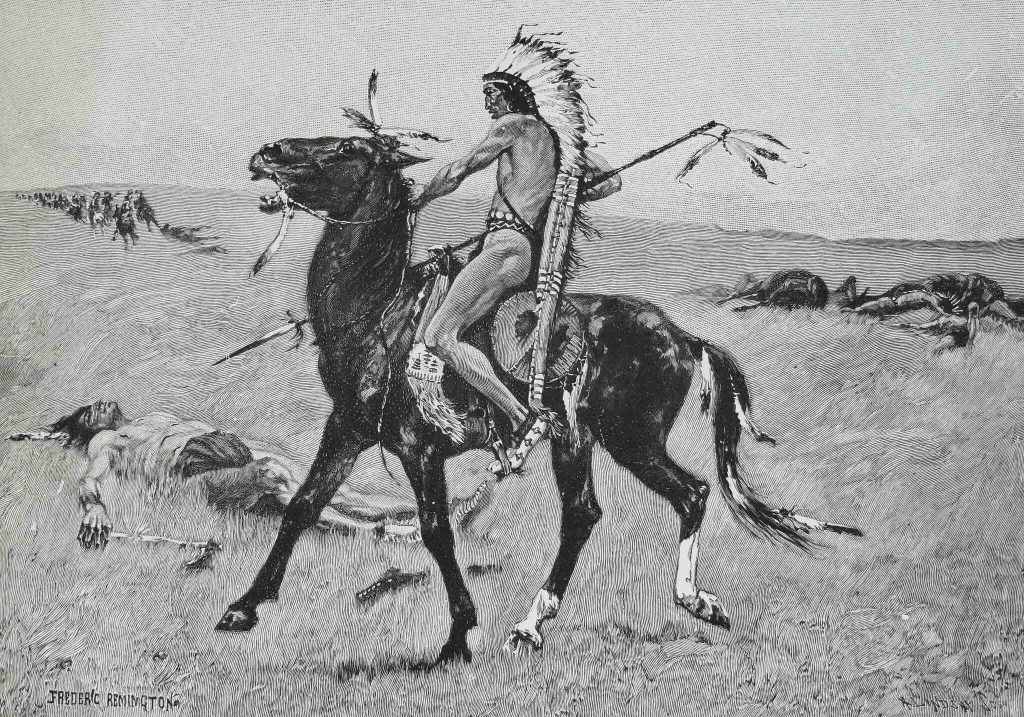
This daring face-to-face interaction symbolized immense bravery, emphasizing that displaying courage in battle held greater significance than mere killing. The psychological impact on the touched enemy was profound, representing a deep dishonor and disgrace. Despite the inherent risks, Plains Indian tribes embraced counting coup as a centuries-old tradition in their warfare.
Deminer
Modern subterranean warfare extends beyond historical contexts, as deadly battles unfold beneath the earth’s surface. Today, deminers face one of the world’s most hazardous occupations, tasked with navigating minefields and meticulously deactivating explosives. The use of landmines has a long history, prevalent in conflicts from the Civil War to modern-day battles in southeast Asia and the Pacific Islands.

Deminers employ metal detectors to identify buried threats, requiring careful excavation akin to defusing live bombs repeatedly. While deminers play a crucial role in clearing mine-infested areas, their work is fraught with danger, with injuries and fatalities occurring as they confront unpredictable and varied landmine technologies.
Powder Monkey
In the past, societal norms allowed the harsh exploitation of young children, a practice thankfully rid of in modern times. The infamous roles of chimney sweeps and child coal miners are now deemed wholly unacceptable.
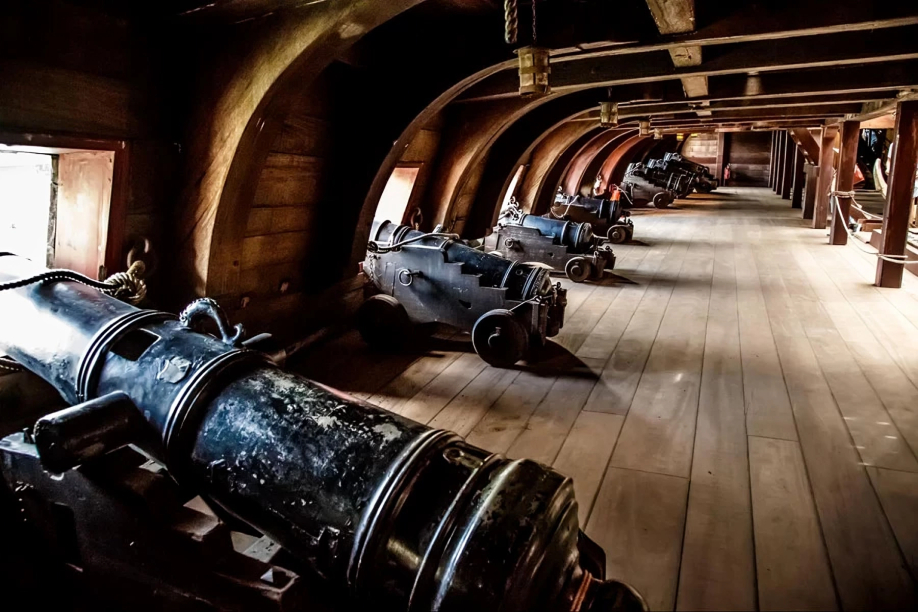
Yet, during the Age of Sail, a different form of child labor persisted, as young boys, some as young as seven, served as “powder monkeys” on sailing vessels worldwide from the 16th century onward. These boys, often orphans, carried live explosives and transported gunpowder across naval ships and merchant vessels. The perilous job, due to its nature, made it unsuitable for adults and claimed the lives of countless.
Siege Sapper
In the bygone era, besieged armies faced an adversary even more dreadful than Greek Fire operators-the siege sappers. As warfare unfolded through sieges, a hazardous yet ingenious method emerged.
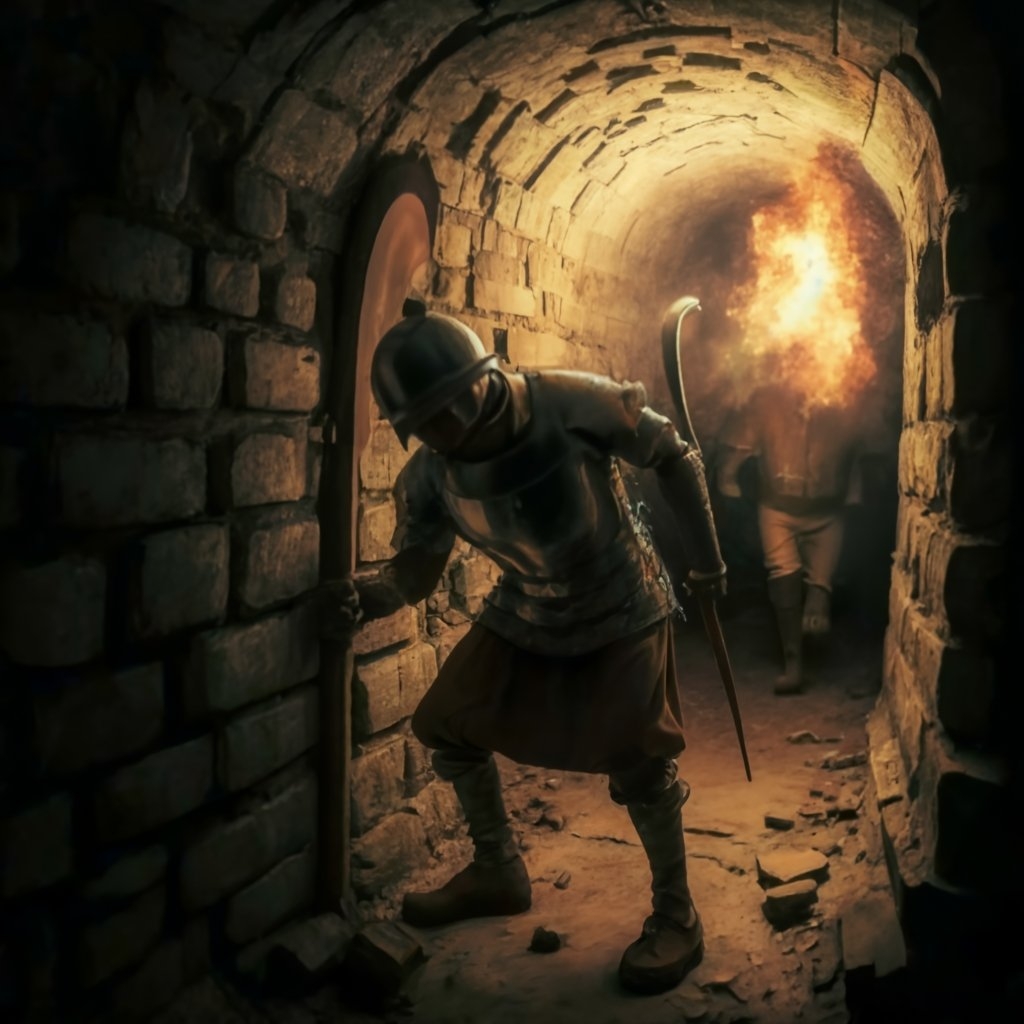
Sappers, a group of miners, delved dozens of feet into the ground, creating a subterranean network resembling a human ant farm. Wooden posts supported their tunnels, preventing catastrophic collapses. Once the tunnel reached a strategic length, sappers ignited a fire at one end. As the flames consumed the timbers, enemies unknowingly traversing above faced a cataclysmic collapse, trapping and eliminating many. This medieval form of reverse trench warfare brought battlefield chaos, but miscalculations often resulted in catastrophic tunnel collapses, burying miners alive beneath tons of rock and earth.
Trench Runner
In the grim chronicles of warfare, while World War II stands as a somber chapter, the toll of World War I surpassed even its predecessor in sheer fatalities. Amid the horrors, one of the direct roles was that of a runner.

Tasked with transmitting signals and messages between trenches and battalions, runners bridged the communication gaps in an era where wireless technology was more theory than practice. When a battalion needed to dispatch a message, a runner would sprint from the safety of the trench into the exposed open plain. Racing towards the destination trench, they became immediate targets, subjected to relentless enemy fire.
No matter the job, the weight of those who carried out these tasks was immeasurable and often ended with them making the ultimate sacrifice.

